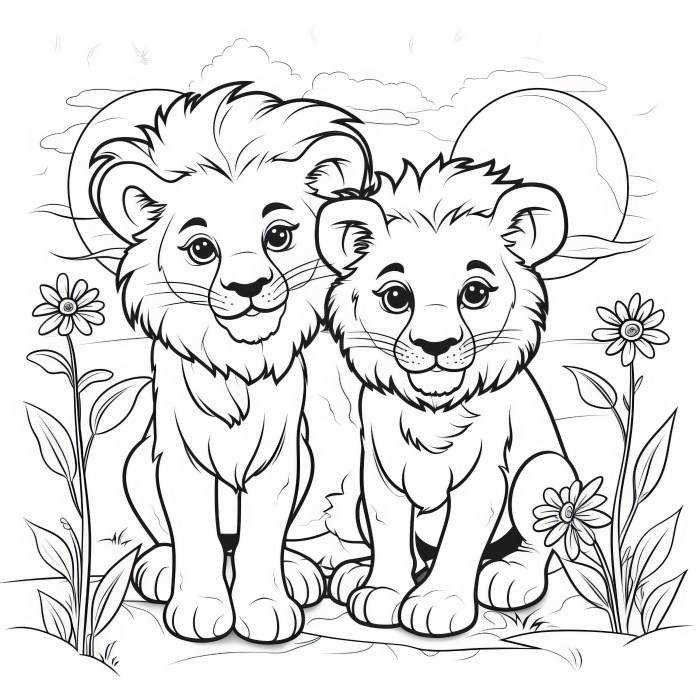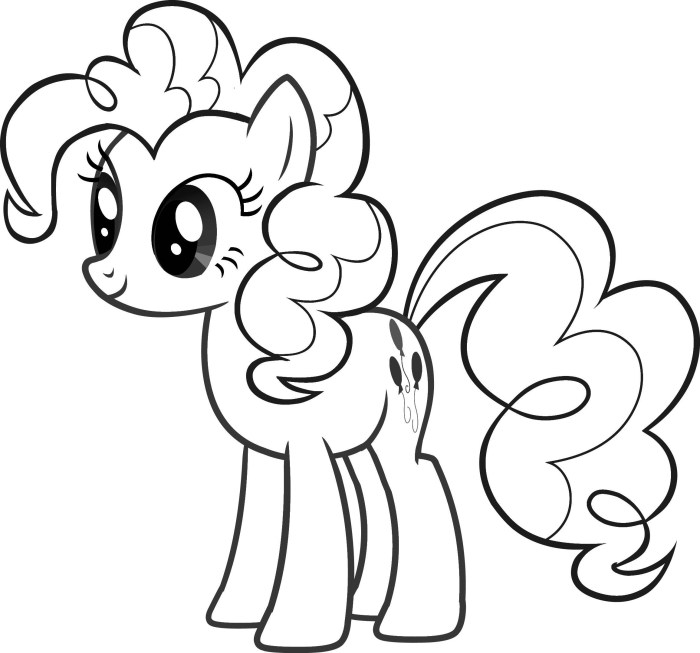Image Descriptions for the Visually Impaired: Free Printable Coloring Pages Hibernating Animals

Free printable coloring pages hibernating animals – Providing accurate and detailed descriptions of images is crucial for making coloring pages accessible to visually impaired users. These descriptions should allow them to understand the image’s content and enjoy the activity just as sighted users do. This involves focusing on tactile qualities, shapes, colors, and textures to create a vivid mental picture.Effective alternative text descriptions for images of hibernating animals should convey the essence of the image in a concise yet descriptive manner.
They need to be informative and engaging, helping users to visualize the animal and its environment. The goal is to provide a sensory experience, even without sight.
Alternative Text Descriptions for Hibernating Animals
The following are detailed descriptions of three hibernating animals, suitable for visually impaired users. These descriptions emphasize tactile qualities and sensory details, offering a rich sensory experience for those who cannot see the images.
Animal 1: Woodchuck
Imagine a plump, furry creature, roughly the size of a house cat. Its body is rounded and stout, with short, thick legs. The fur is a mottled brown, with shades ranging from light tan to dark reddish-brown. You can almost feel the coarse texture of the fur, slightly rough but soft. Its face is blunt, with small, dark eyes and tiny, pink ears that barely poke out from the fur.
Picture it curled up in a tight ball, perhaps in a cozy burrow beneath the ground. The overall feeling is one of warmth and quiet slumber.
Animal 2: Bat
Envision a small, delicate creature, hanging upside down. Its body is sleek and slender, with thin, leathery wings that extend far beyond its body. The fur is very fine and soft, almost like velvet, and is typically dark brown or black. Imagine the smooth, cool texture of its skin. Its face is small and pointed, with large, sensitive ears.
Its wings are intricately detailed with delicate veins that you could almost trace with your fingers. The overall impression is one of fragility and mysterious darkness.
Animal 3: Hedgehog
Picture a small, spiky mammal, roughly the size of a small apple. Its body is covered in thousands of short, sharp spines, creating a prickly, defensive texture. Imagine running your fingers lightly over these spines – a slightly painful but intriguing sensation. The spines are typically brown or gray, interspersed with lighter colored fur on its underside.
Its face is small and pointed, with tiny, black eyes and a wet, black nose. Its short legs are barely visible beneath the spines. It is curled up in a tight ball, a protective posture, its spines forming a formidable shield. The overall sensation is one of prickliness and compact security.
Writing Effective Alt Text for Images of Hibernating Animals
Effective alt text for images of hibernating animals requires a concise yet descriptive approach. It should prioritize the animal’s key features and its state of hibernation. Avoid overly generic descriptions. Instead, focus on specific details like fur texture, body shape, color, and posture. For example, instead of “a hibernating animal,” try “a curled-up brown bear with thick, shaggy fur, sound asleep in its den.” Remember, the goal is to convey the image’s essence effectively and accessibly.
The length should be brief, aiming for clarity and avoiding unnecessary words.
Educational Content Integration

Enhancing the coloring page activity with educational components helps children learn about hibernation in a fun and engaging way. This section provides a worksheet, suggested activities, and a simplified explanation of hibernation to support learning.
Integrating educational content alongside creative activities like coloring strengthens learning by making it more enjoyable and memorable. Children are more likely to retain information when it’s presented in a context that appeals to their interests. This multi-sensory approach caters to different learning styles, leading to a more comprehensive understanding of the topic.
Hibernation Worksheet
This worksheet complements the coloring pages, providing fun facts and simple questions to reinforce learning about hibernating animals.
The worksheet is designed to be simple and age-appropriate, focusing on key facts and encouraging critical thinking through short-answer questions. It can be easily adapted to suit different age groups by adjusting the complexity of the questions.
| Fun Fact | Question |
|---|---|
| Some animals sleep for months at a time during hibernation! | Name one animal that hibernates. |
| Hibernating animals slow their heart rate and breathing. | Why do you think hibernating animals slow their heart rate and breathing? |
| Animals store food before hibernation to survive the winter. | What kind of food might a bear store before hibernation? |
| Hibernation helps animals conserve energy during winter. | How does hibernation help animals survive the winter? |
Engaging Activities
These activities provide a fun and interactive way to learn more about hibernating animals, complementing the coloring pages.
These activities encourage hands-on learning and promote creativity, making the learning process more engaging and memorable. They are designed to be adaptable to various age groups and learning styles.
- Create a Hibernation Habitat Diorama: Children can construct a miniature habitat representing the environment where a hibernating animal lives, using craft materials to represent the animal’s burrow or den.
- Research and Report: Assign children to research a specific hibernating animal and create a short report or presentation about its hibernation habits.
- Storytelling: Encourage children to create a story about a hibernating animal’s experience, focusing on the challenges and adaptations involved in hibernation.
- Draw a Life Cycle: Children can draw a simple life cycle diagram for a hibernating animal, showing the stages of its year, including hibernation.
- Compare and Contrast: Children can compare and contrast the hibernation habits of two different hibernating animals, highlighting their similarities and differences.
Simple Explanation of Hibernation, Free printable coloring pages hibernating animals
Hibernation is a deep sleep that some animals use to survive the cold winter months. During hibernation, their body temperature drops, their heart beats slower, and they breathe less. They use up very little energy, allowing them to survive without food for a long time. Before hibernation, many animals store up food to help them survive until spring.
When spring arrives, they wake up and start their normal lives again.
Free printable coloring pages featuring hibernating animals offer a wonderful creative outlet for children. For a different kind of fun, you might also enjoy some simpler designs, such as the easy animal coloring pages penguin available online. Returning to the cozy world of hibernation, these pages provide a relaxing activity perfect for quiet afternoons, focusing on the details of sleepy bears and other winter sleepers.
